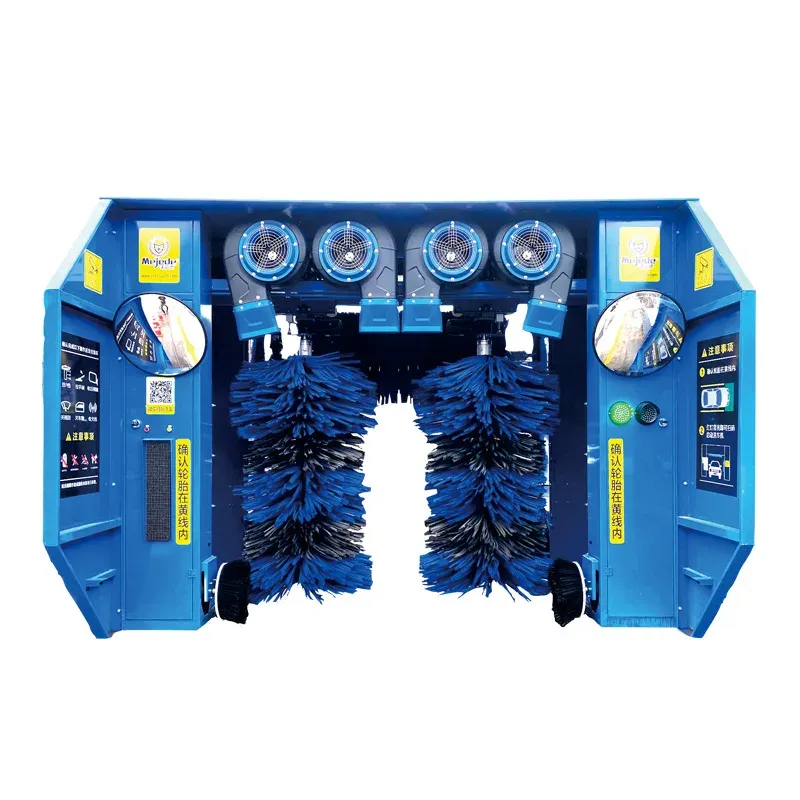
- Afrikaans
- Albanian
- Amharic
- Arabic
- Armenian
- Azerbaijani
- Basque
- Belarusian
- Bengali
- Bosnian
- Bulgarian
- Catalan
- Cebuano
- Corsican
- Croatian
- Czech
- Danish
- Dutch
- English
- Esperanto
- Estonian
- Finnish
- French
- Frisian
- Galician
- Georgian
- German
- Greek
- Gujarati
- Haitian Creole
- hausa
- hawaiian
- Hebrew
- Hindi
- Miao
- Hungarian
- Icelandic
- igbo
- Indonesian
- irish
- Italian
- Japanese
- Javanese
- Kannada
- kazakh
- Khmer
- Rwandese
- Korean
- Kurdish
- Kyrgyz
- Lao
- Latin
- Latvian
- Lithuanian
- Luxembourgish
- Macedonian
- Malgashi
- Malay
- Malayalam
- Maltese
- Maori
- Marathi
- Mongolian
- Myanmar
- Nepali
- Norwegian
- Norwegian
- Occitan
- Pashto
- Persian
- Polish
- Portuguese
- Punjabi
- Romanian
- Russian
- Samoan
- Scottish Gaelic
- Serbian
- Sesotho
- Shona
- Sindhi
- Sinhala
- Slovak
- Slovenian
- Somali
- Spanish
- Sundanese
- Swahili
- Swedish
- Tagalog
- Tajik
- Tamil
- Tatar
- Telugu
- Thai
- Turkish
- Turkmen
- Ukrainian
- Urdu
- Uighur
- Uzbek
- Vietnamese
- Welsh
- Bantu
- Yiddish
- Yoruba
automatic touchless car wash systems
The Rise of Automatic Touchless Car Wash Systems
In recent years, the automotive cleaning industry has witnessed a significant transformation, with the emergence of automatic touchless car wash systems leading the way
. These state-of-the-art systems provide an efficient and effective way to clean vehicles without any physical contact, thus minimizing the risk of scratches and swirl marks that can occur with traditional washing methods. This article explores the benefits, operational principles, and growing popularity of automatic touchless car wash systems.One of the primary advantages of touchless car wash systems is their superior cleaning capability. Utilizing high-pressure jets, these systems deliver powerful streams of water mixed with specially formulated detergents that can penetrate dirt, grime, and road films. This allows for a thorough cleaning without the use of brushes, mitts, or sponges, which can often trap debris and cause scratches on the vehicle's surface. As a result, car owners can enjoy a spotless car with a minimal risk of damage to the paintwork.
Moreover, automatic touchless car washes are designed for convenience and speed. Unlike traditional washing methods that may require a significant amount of time and physical effort, touchless systems streamline the process, often taking just a few minutes to complete a wash. This efficiency is particularly appealing to busy individuals who seek to maintain the cleanliness of their vehicles without dedicating excessive time to the task. Additionally, many automatic touchless car wash facilities are equipped with multiple wash bays, allowing for higher throughput and shorter waiting times for customers.
automatic touchless car wash systems

Environmental considerations are also driving the popularity of touchless car wash systems. These systems are designed to minimize water usage compared to traditional washing methods. For instance, while a hand wash can consume up to 100 gallons of water, a touchless car wash typically uses only 15 to 30 gallons per wash. Furthermore, many of these systems utilize water recirculation technology, allowing for further reductions in water consumption while ensuring a consistently high level of cleanliness. This eco-friendly approach appeals to consumers who are increasingly conscious of their environmental impact.
The technology behind automatic touchless car washes has also advanced considerably. Modern systems incorporate sophisticated sensors and computer algorithms to optimize the cleaning process. The sensors can detect the level of dirt and determine the appropriate amount of cleaning solution and pressure required, ensuring that each vehicle receives a customized wash tailored to its specific needs. Additionally, features such as wax application and spot-free rinse options further enhance the cleaning experience, giving car owners peace of mind that their vehicles are receiving the best care possible.
Despite the numerous advantages, some may still question the effectiveness of touchless car wash systems, particularly for stubborn contaminants like bird droppings or tree sap. However, many systems now offer pre-soaking and specialized cleaning agents that can tackle these tough stains effectively. With the right combination of technology and cleaning formulations, automatic touchless car wash systems can meet the needs of even the most discerning vehicle owners.
In conclusion, automatic touchless car wash systems represent a significant advancement in automotive care. Their ability to deliver a thorough, efficient, and environmentally friendly cleaning experience without physical contact makes them an attractive option for car owners worldwide. As technology continues to evolve and consumer preferences shift towards more convenient and sustainable solutions, the future of automatic touchless car wash systems looks promising. By embracing these innovations, car owners can ensure that their vehicles remain clean and well-maintained while minimizing the risks traditionally associated with car washing.
-
Integrating Aqua Tunnel Car Wash in Shopping CentersNewsJun.24,2025
-
Gas Station with an Auto Car Wash MachineNewsJun.24,2025
-
Efficiency in Your Aqua Tunnel Car Wash: Power & Water-SavingNewsJun.24,2025
-
Car Wash Business with Advanced Auto Car Cleaning MachinesNewsJun.24,2025
-
Balancing Setup Costs with Aqua Tunnel Car WashNewsJun.24,2025
-
Aqua Tunnel Car Wash: Eco-Design for the Energy-Savvy EntrepreneurNewsJun.24,2025



